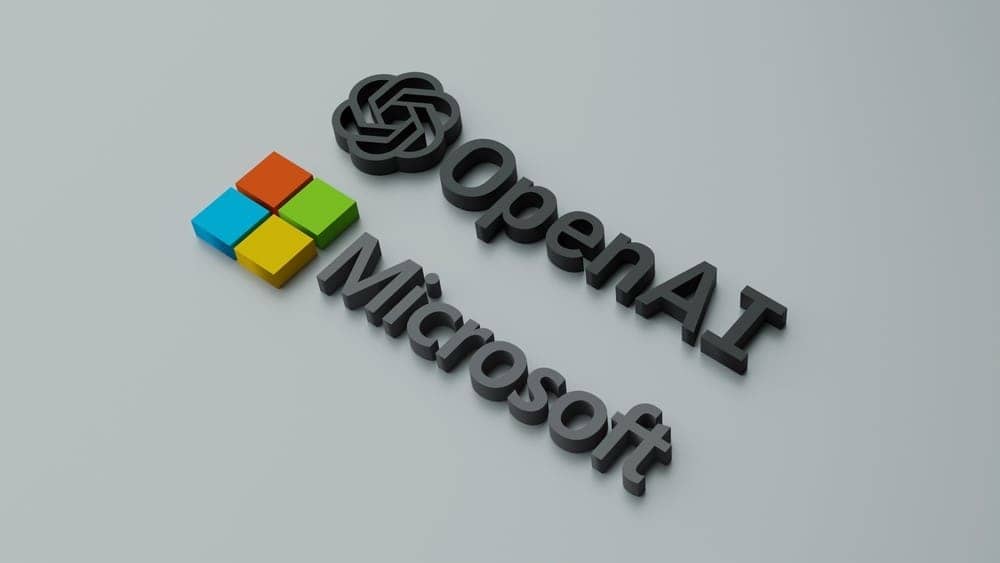Microsoft and OpenAI have recently formalized a preliminary agreement that sets the stage for OpenAI to transition into a commercial enterprise, a significant move in their ongoing collaboration. While the deal remains non-binding and lacks specific details, both companies are pushing toward a definitive agreement that could redefine AI governance and capital structure.
Since Microsoft’s initial investment of $1 billion in OpenAI in 2019, which was followed by an additional $10 billion injection in early 2023, the relationship between these tech giants has evolved. Microsoft initially held exclusive rights to distribute OpenAI’s models via its Azure platform, enjoying preferential access to advanced AI tools. However, this exclusivity is now being addressed, allowing OpenAI to establish its infrastructure independently, notably through projects such as the Stargate data center initiative. This venture includes contracts with major players like Oracle and Google, indicating a trend toward a multi-cloud ecosystem which enhances scalability and responsiveness.
The urgency for OpenAI to develop a robust business structure comes from the significant increase in demand for AI services, as illustrated by their projected revenue growth into the billions. A multi-cloud strategy not only ensures that OpenAI can meet service demands but also mitigates risks associated with vendor lock-in. In contrast, Microsoft’s interest lies in retaining consistent access to the advanced AI models to strengthen its competitive positioning against rivals.
OpenAI’s ongoing commitment to its non-profit arm presents an intriguing juxtaposition within its new commercial structure. Internal forecasts suggest this branch could eventually secure over $100 billion in funding, making it a standout in the non-profit sector. This dual structure raises questions about governance and operational agility, particularly in light of a long-standing dispute with Elon Musk. Musk, a co-founder, has expressed dissatisfaction with OpenAI’s shift toward profit-oriented motives, advocating for a focus on developing AI for universal good.
The future dynamics between Microsoft and OpenAI remain uncertain, especially concerning Microsoft’s stake and potential exclusivity on the latest models. While there is a collaborative element in their partnership, both organizations are also rivals in the burgeoning market for consumer chatbots and corporate AI solutions. This competitive landscape has intensified Microsoft’s efforts to develop its AI models to decrease dependency on OpenAI’s technologies. Compounding this situation is Microsoft’s recent decision to integrate Anthropic’s AI technology into Office 365, signaling a strategic move to diversify its AI offerings.
As OpenAI navigates this transformative phase, pending regulatory approvals from California and Delaware could either facilitate or hinder its restructuring process. With a target to finalize this transition by year-end, there is a pressing need to secure funding to maintain momentum.
In light of competitive advancements, more detailed comparisons between automation platforms like Make and Zapier have become relevant for SMB leaders and automation specialists. Both platforms offer unique strengths and weaknesses: Make is favored for its flexibility and visual workflow capabilities, which can drive innovation for teams requiring complex integrations. On the other hand, Zapier’s user-friendly interface and extensive application integrations typically position it as the go-to choice for simplicity and rapid deployment. When cost-effectiveness is considered, Make may offer better value for larger-scale projects, while Zapier is often more economical for organizations with fewer automations.
In the AI domain, when comparing OpenAI to Anthropic, the strengths of OpenAI lie in its vast model library and substantial user base, allowing businesses to implement sophisticated tools quickly. Conversely, Anthropic emphasizes safety and alignment in its AI solutions, attracting companies focused on ethical AI applications. Assessing ROI from these platforms requires careful consideration of both initial investment and long-term benefits; with some studies suggesting that fully realizing automation potentials can yield returns upwards of 300%.
Ultimately, while the evolving landscape creates opportunities for meaningful advancements in AI and automation, SMB leaders must critically assess their strategies. A dual focus on cost and scalability will be essential as they navigate emerging technologies.
FlowMind AI Insight: In the current climate of rapid technological growth, the decision to collaborate or compete in AI and automation solutions will profoundly impact organizational success. Leaders should prioritize flexible, scalable solutions to adapt to ever-changing market demands while considering ethical implications at each step of their technological integration.
Original article: Read here
2025-09-12 07:28:00

